The late 1980’s were, without a doubt, a time of transition. Not only were hit American television shows such as Saved by the Bell and Walker, Texas Ranger on the horizon, compact cameras were continuing to evolve into more capable machines. And among these was the Ricoh TF-500 (also referred to as the Ricoh TF-900). At this point, camera companies were beginning to offer dual focal length fixed lenses. Much like other companies, the Ricoh offered both 35mm and 70mm focal lengths–switchable at the touch of a button atop the camera.
I came across my Ricoh TF-500 while visiting a local thrift shop this past spring. After I had purchased the camera, I began looking online for a great deal on the 6-volt battery needed to operate the camera. Almost a full year later, I finally put a roll of Fuji 400 speed color film into the camera, and spent the next two weeks with the camera while out and about Northern Michigan. Over the years, I have found it wise to run an inexpensive roll of film through the camera before trusting it with Ilford XP2 Super film. There is nothing more disappointing than the sound of an take-up spool engine kicking the bucket midway through a roll of film. I am sure many out there can relate.
Over the course of two weeks, I took the camera along with me on shopping trips, hikes and family functions. By doing this, I can get a feel for where the camera is at its most effective (where It shines). It is because of this I own a variety of film cameras. Each camera excels at different things.
Though the Ricoh may not have been quite as lovable as Zach from Saved by the Bell, or as delightfully timeless as Chuck Norris busting scumbags, I have grown quite fond of the camera. This is especially true when it comes to landscape photography.

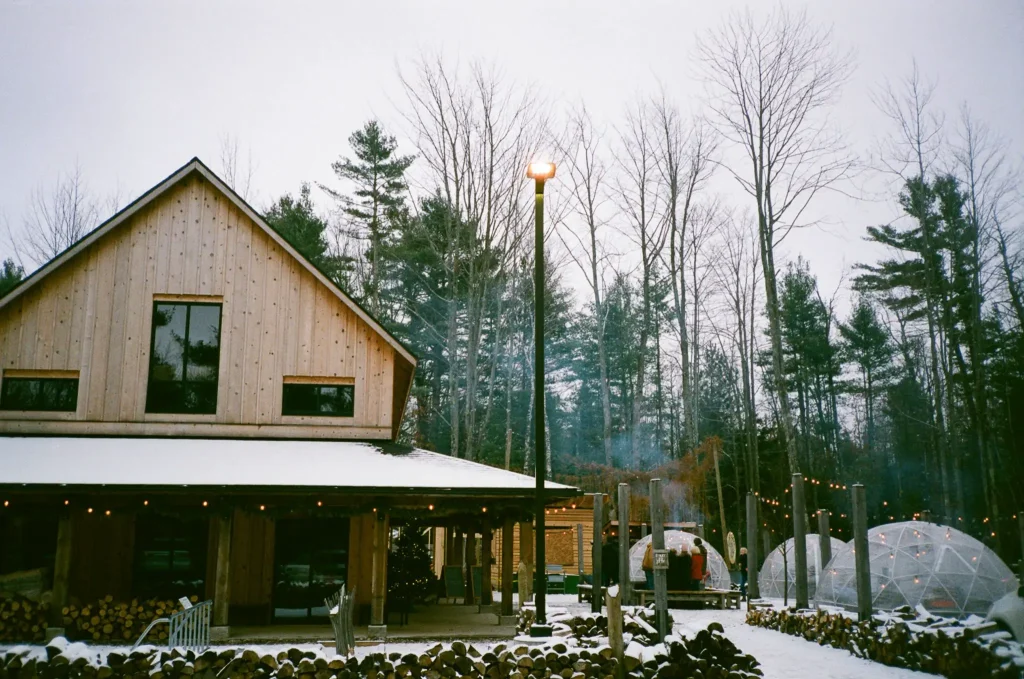
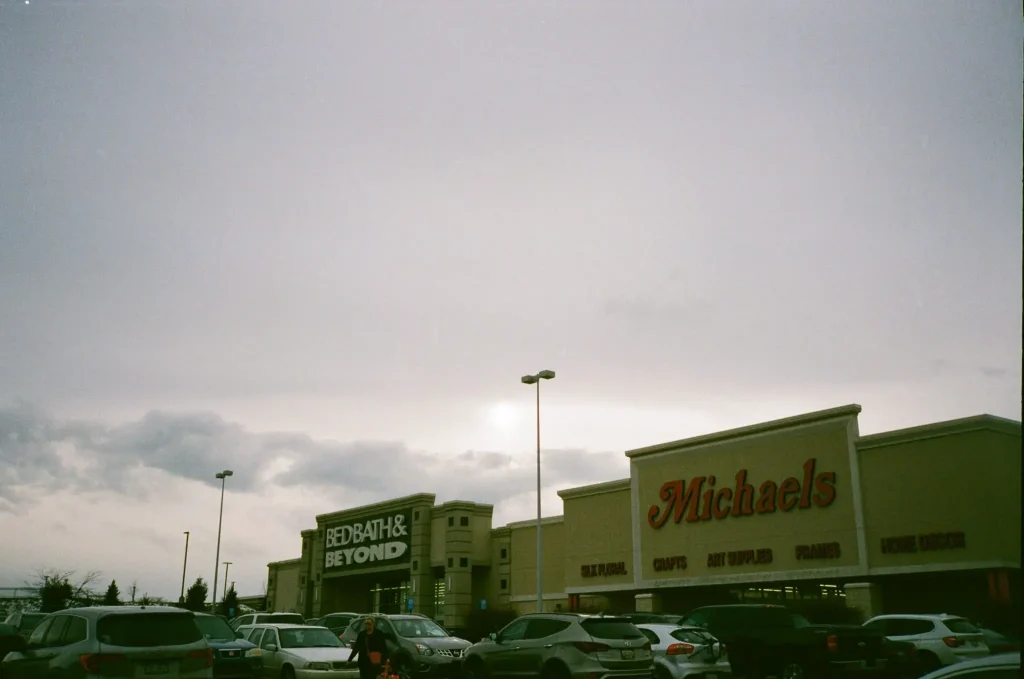
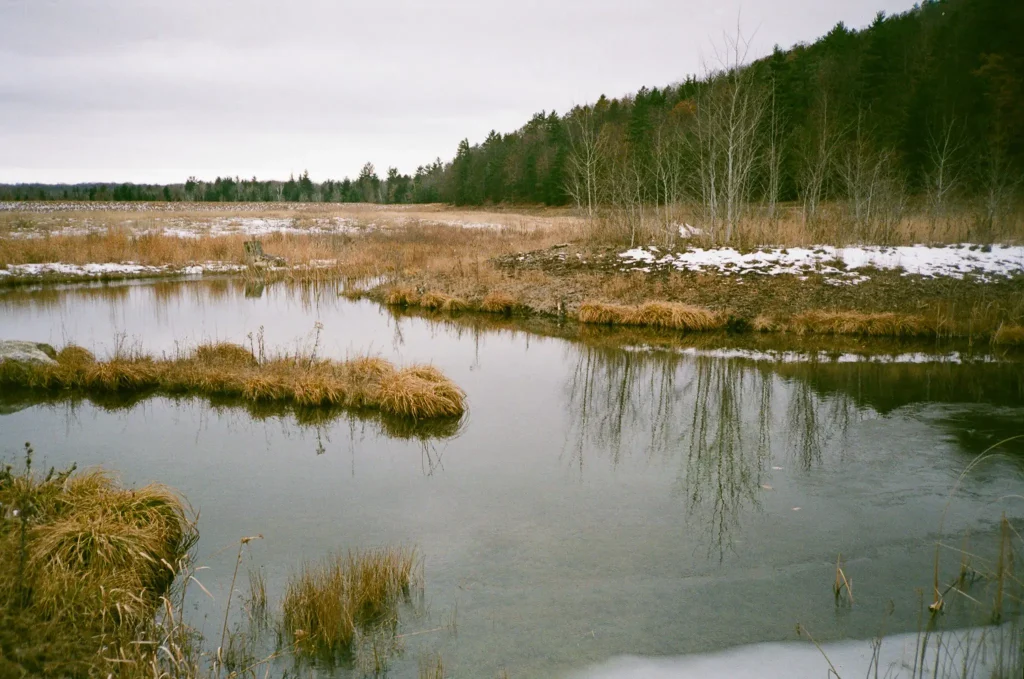
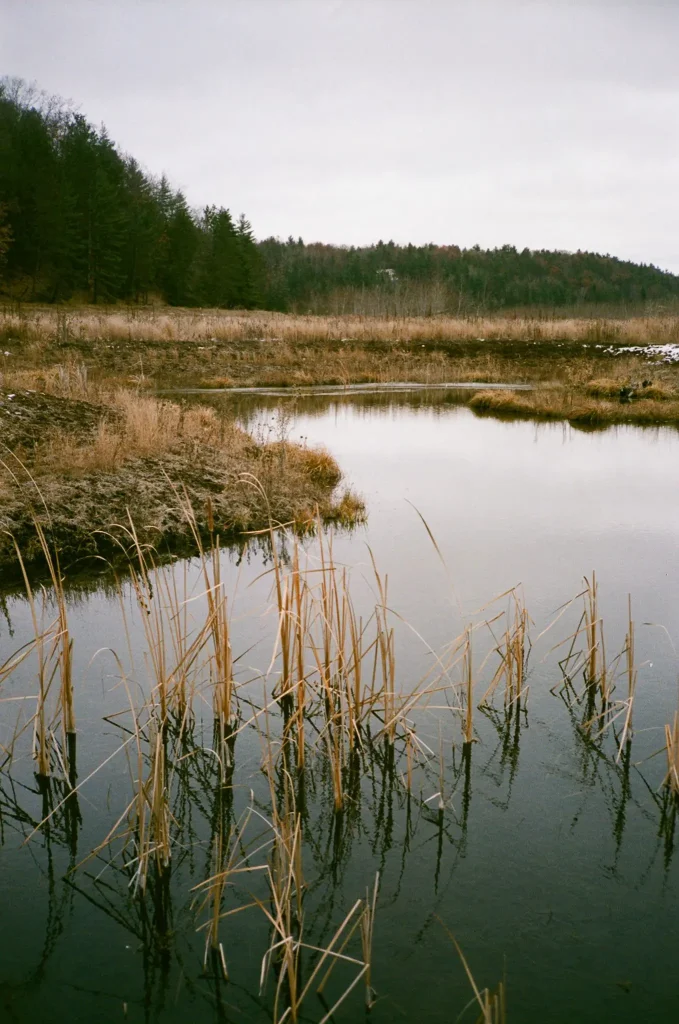
For a user report of the camera, feel free to visit my blog at: the-wilderness-journal.blog
Share this post:
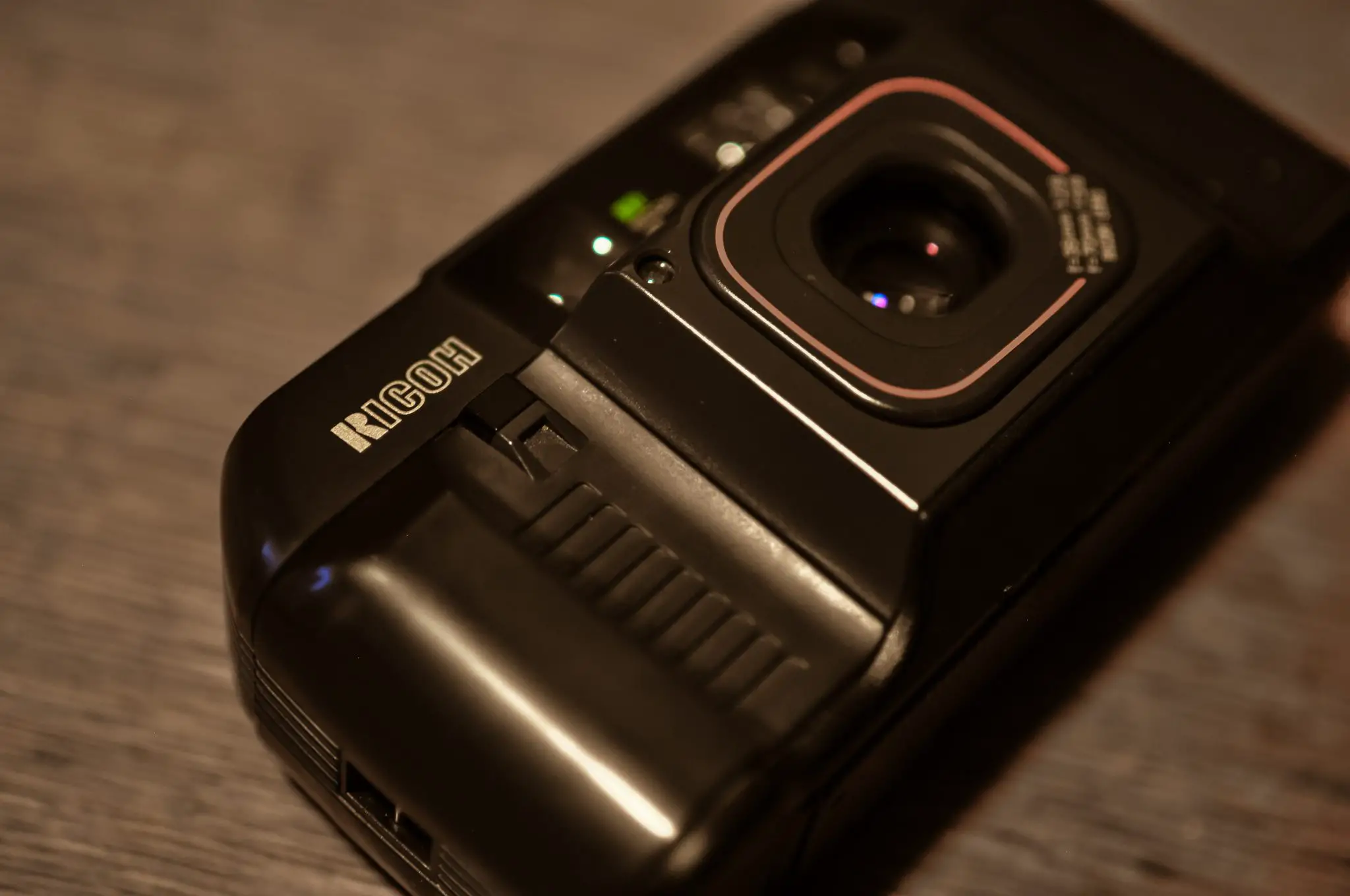

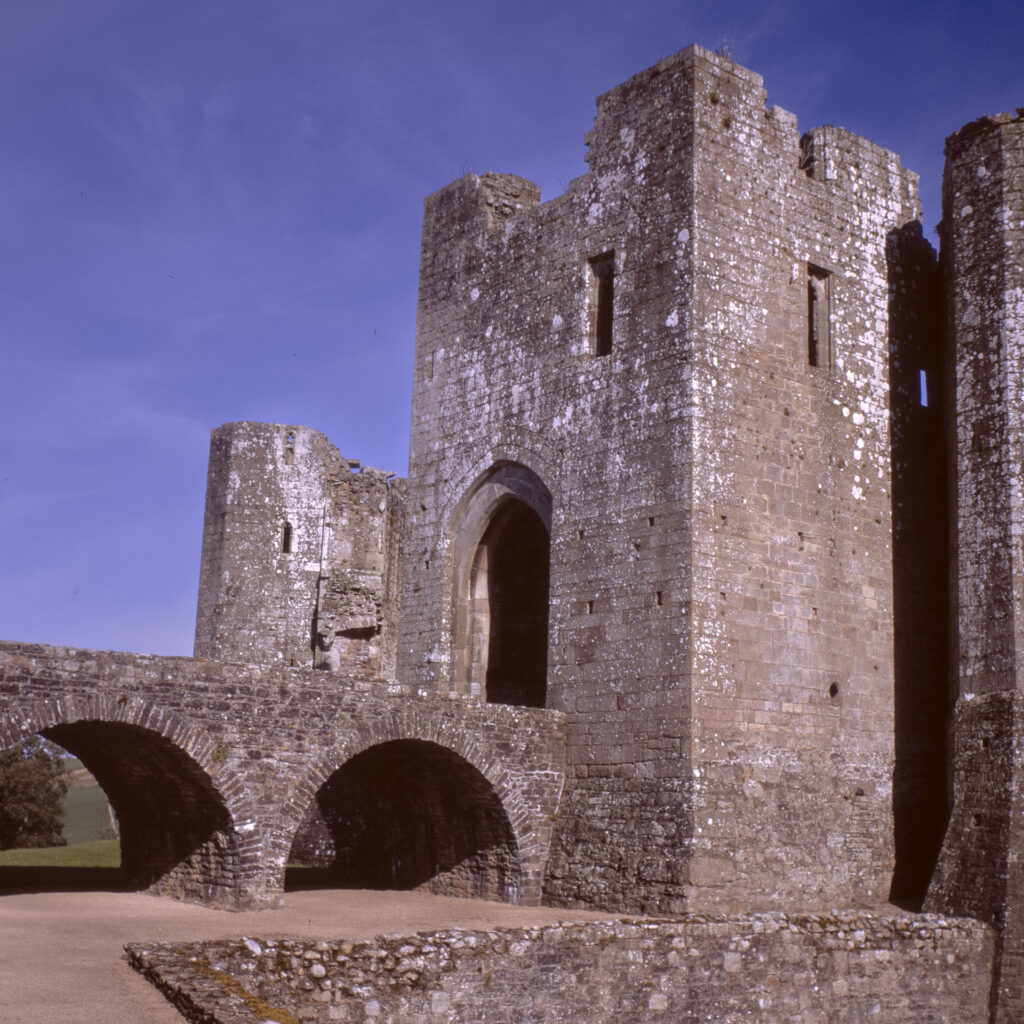
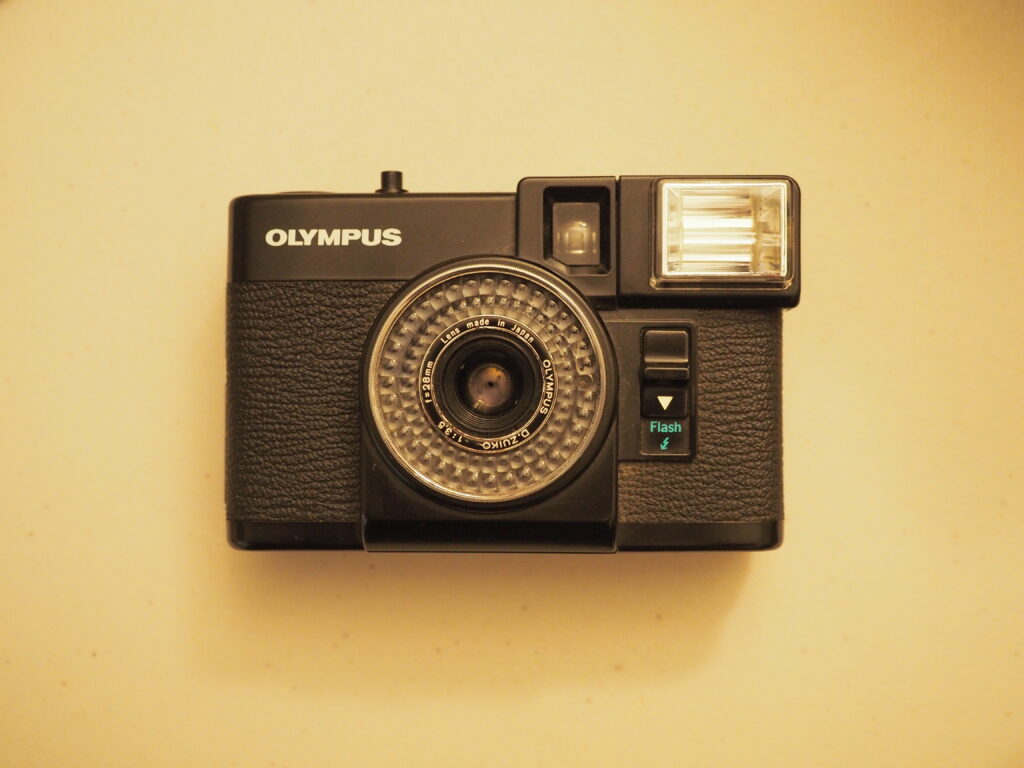
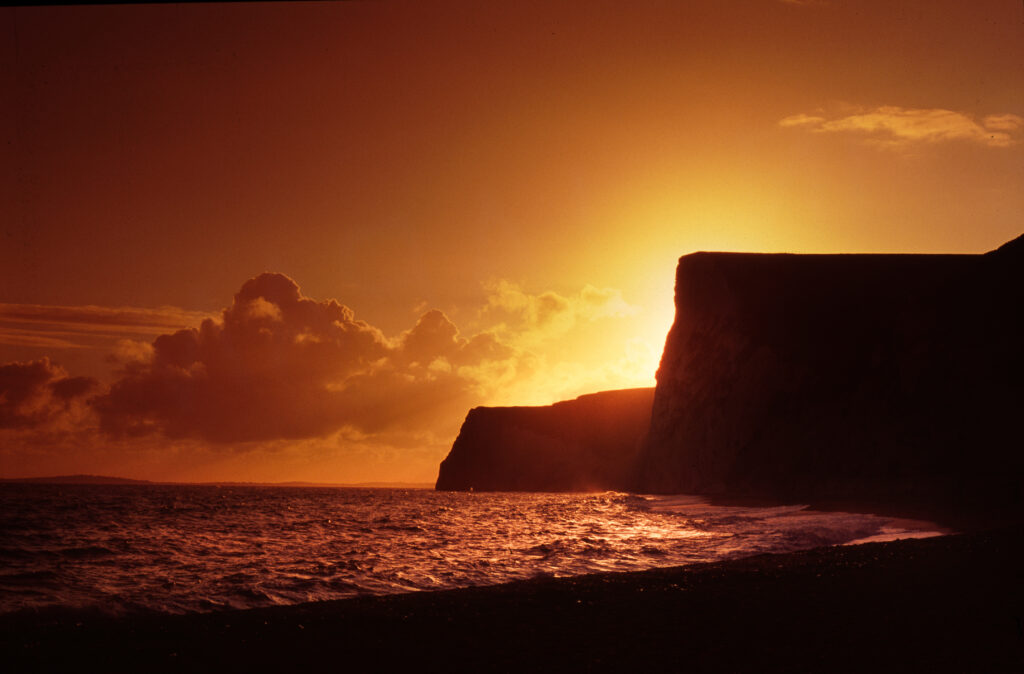




Comments
Gordon Palmer on 5 Frames with a Ricoh TF-500 – By Adam Kendall
Comment posted: 27/01/2019
Comment posted: 27/01/2019
Alan Yahnke on 5 Frames with a Ricoh TF-500 – By Adam Kendall
Comment posted: 27/01/2019
Comment posted: 27/01/2019
Bernhard on 5 Frames with a Ricoh TF-500 – By Adam Kendall
Comment posted: 27/01/2019
Graham Orbell on 5 Frames with a Ricoh TF-500 – By Adam Kendall
Comment posted: 28/01/2019
Comment posted: 28/01/2019
Taylor Ervin on 5 Frames with a Ricoh TF-500 – By Adam Kendall
Comment posted: 03/02/2019
Comment posted: 03/02/2019
Adam Smith on 5 Frames with a Ricoh TF-500 – By Adam Kendall
Comment posted: 12/02/2019
Alan Yahnke on 5 Frames with a Ricoh TF-500 – By Adam Kendall
Comment posted: 21/09/2019
Tim G. on 5 Frames with a Ricoh TF-500 – By Adam Kendall
Comment posted: 04/04/2020
Dana Brigham on 5 Frames with a Ricoh TF-500 – By Adam Kendall
Comment posted: 28/08/2020
Comment posted: 28/08/2020